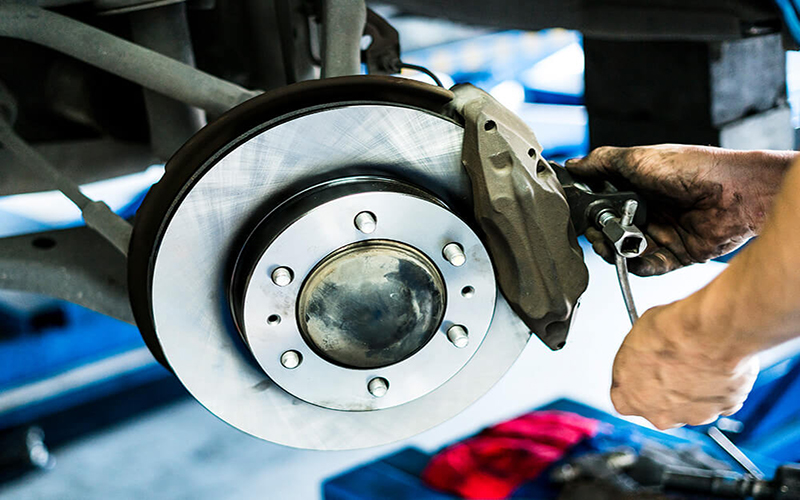
When to Replace Your Vehicle’s Brakes
Making sure you have a well-functioning braking system is one of the most important factors to ensure your safety while driving. This guide will help you see the warning signs of brake component wear and offer general guidelines for when to replace them. There are many different vehicle makes & models, varying brake/rotor qualities, and unique driving conditions; so when to replace your brake components isn’t an exact science.
Warning Signs
One of the most common signs that it’s time to replace your vehicle’s brakes is a squeal or screeching noise when you apply the brakes. This noise is generally caused by brake pad wear indicators that are designed to alert drivers that it is time to replace the pads. If you notice some shudder or vibration when you hit the brakes, that could be a sign that they need replacement. Worn brake pads or warped rotors are common causes of this phenomenon. Inspecting and replacing your brakes should be the top priority when your vehicle takes longer to stop, or if you need to press the brake pedal harder than usual. Delayed stopping is a giant indication that your brakes need to be replaced. If you notice sounds when braking, vibration, or have delayed stopping, it’s essential to have your brakes inspected and replaced as soon as possible to ensure your safety on the road.
How Long Do Brake Components Last?
Depending on the quality of your brake pads and driving habits, it’s suggested that you replace them every 25,000 to 65,000 miles. Nevertheless, don’t forget to schedule regular brake inspections with your mechanic to keep them in top working condition and mitigate any safety risks. You should replace brake pads before they become an issue. Aim to replace them when they have 25% of their life left, or around 3 mm pad thickness. Brake rotors are another brake system component that may need to be replaced over time. Brake rotor life can vary widely, depending on driving habits, rotor quality, and other factors. On average, brake rotors need to be changed between 30,000 and 70,000 miles. Signs that it may be time to replace your brake rotors include squealing, pulsing, pulling (to one side), deep grooves, and rusting.
Brake fluid is another important brake system component that must be replaced regularly. Brake fluid is a hydraulic fluid that works to amplify the pressure you put on the brake pedal, turning it into a powerful force to squeeze the braking components and bring your car to a stop. The recommended interval for replacing brake fluid varies by manufacturer, but it is generally recommended to replace it every two to three years or 30,000 to 45,000 miles. Over time, brake fluid can become degraded by moisture and other contaminants, which can lead to reduced brake performance and potentially dangerous situations.
Factors Affecting Brake Wear
Several factors can affect brake wear, including your driving habits, the terrain, and environment in which you drive, brake pad quality, and the weight and size of your vehicle.
Driving habits can significantly impact the life of your brakes. Hard braking, slamming on the brakes, and sudden stops can cause excessive wear on the brake pads, making it necessary to replace them sooner. Additionally, the terrain and environment you drive in can also affect the life of your brakes. Driving in hilly or hilly areas can cause the brakes to wear more quickly due to the increased need to brake on steep grades. Similarly, driving in stop-and-go traffic can also result in increased brake wear. The weight and size of your vehicle can also influence the frequency of brake replacement. Larger and heavier vehicles require more force to stop, which puts more stress on the brakes and causes them to wear out more quickly.
Importance of Regular Brake Inspections and Maintenance
Brake inspections are also important to identify potential problems before they become major problems. It is recommended that a professional inspect the brakes at least every 30,000 miles or once a year. However, it’s always a good idea to check your vehicle’s manual for the recommended brake inspection schedule. Visual inspections can also be done by checking the brake pads and rotors for signs of wear and damage. Addressing any issues quickly can prevent further damage and costly repairs.
In conclusion, regular brake inspections and maintenance can help prevent further damage and ensure brake longevity. By being aware of these factors and taking proactive steps to maintain your brakes, you can help keep yourself and others safe on the road.

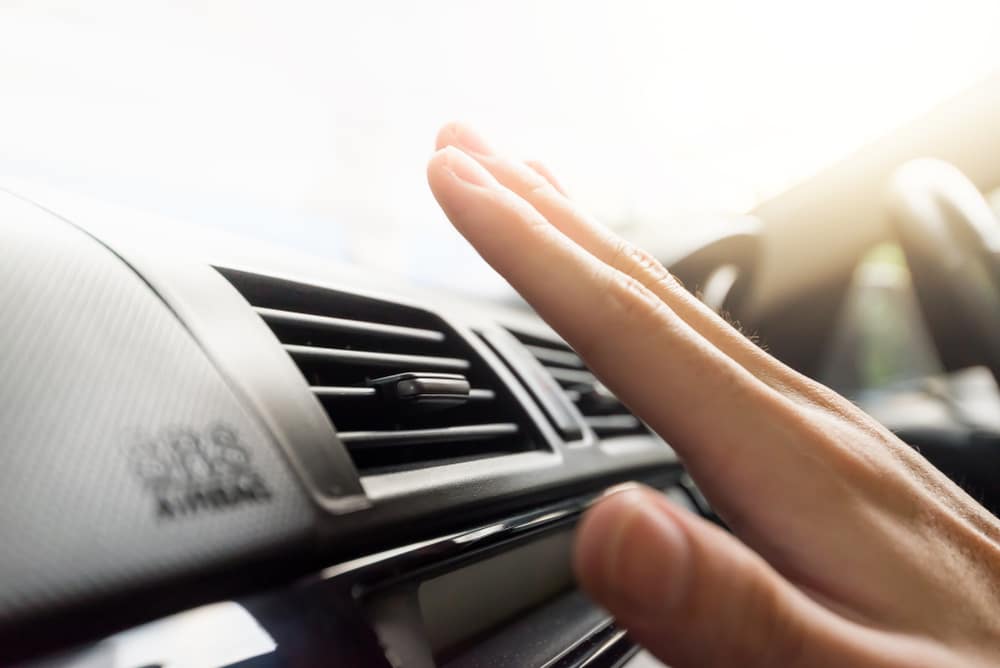
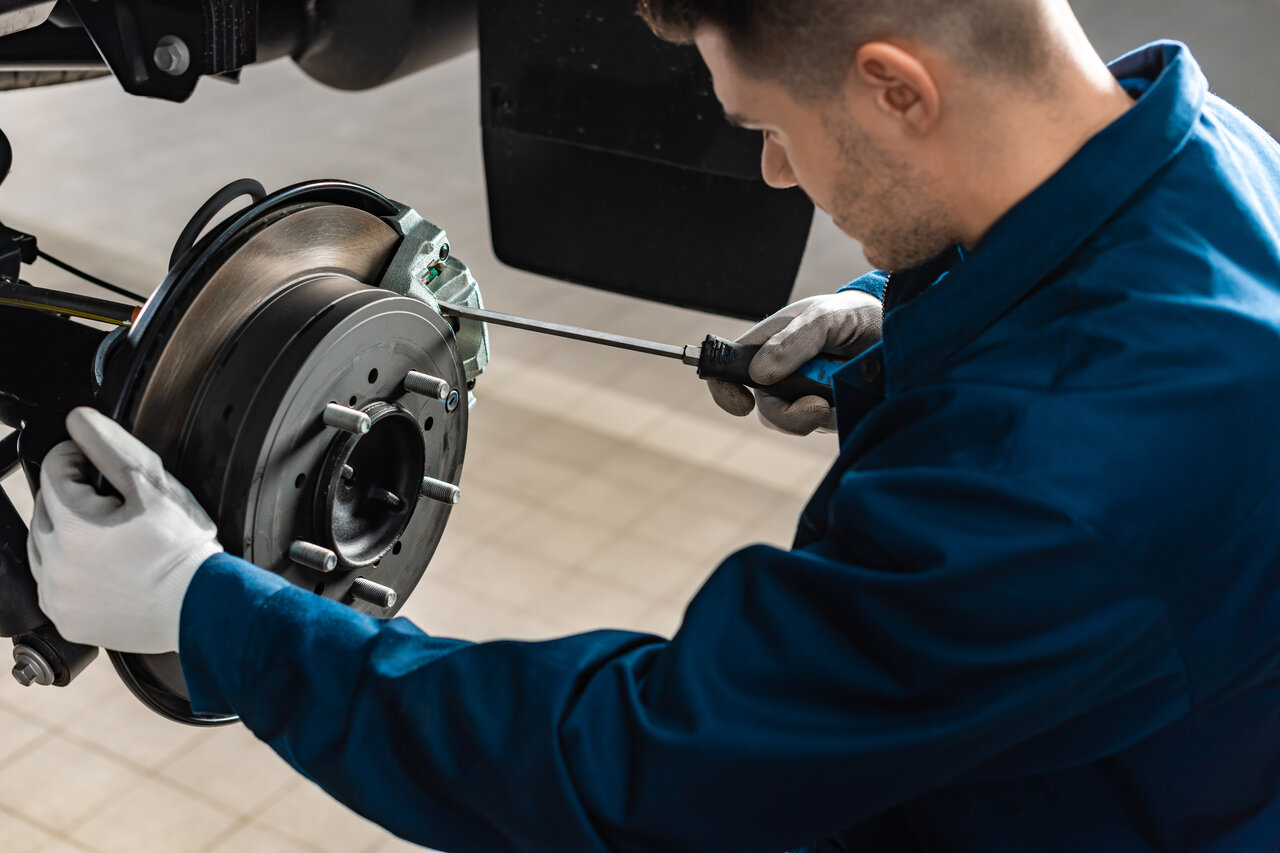
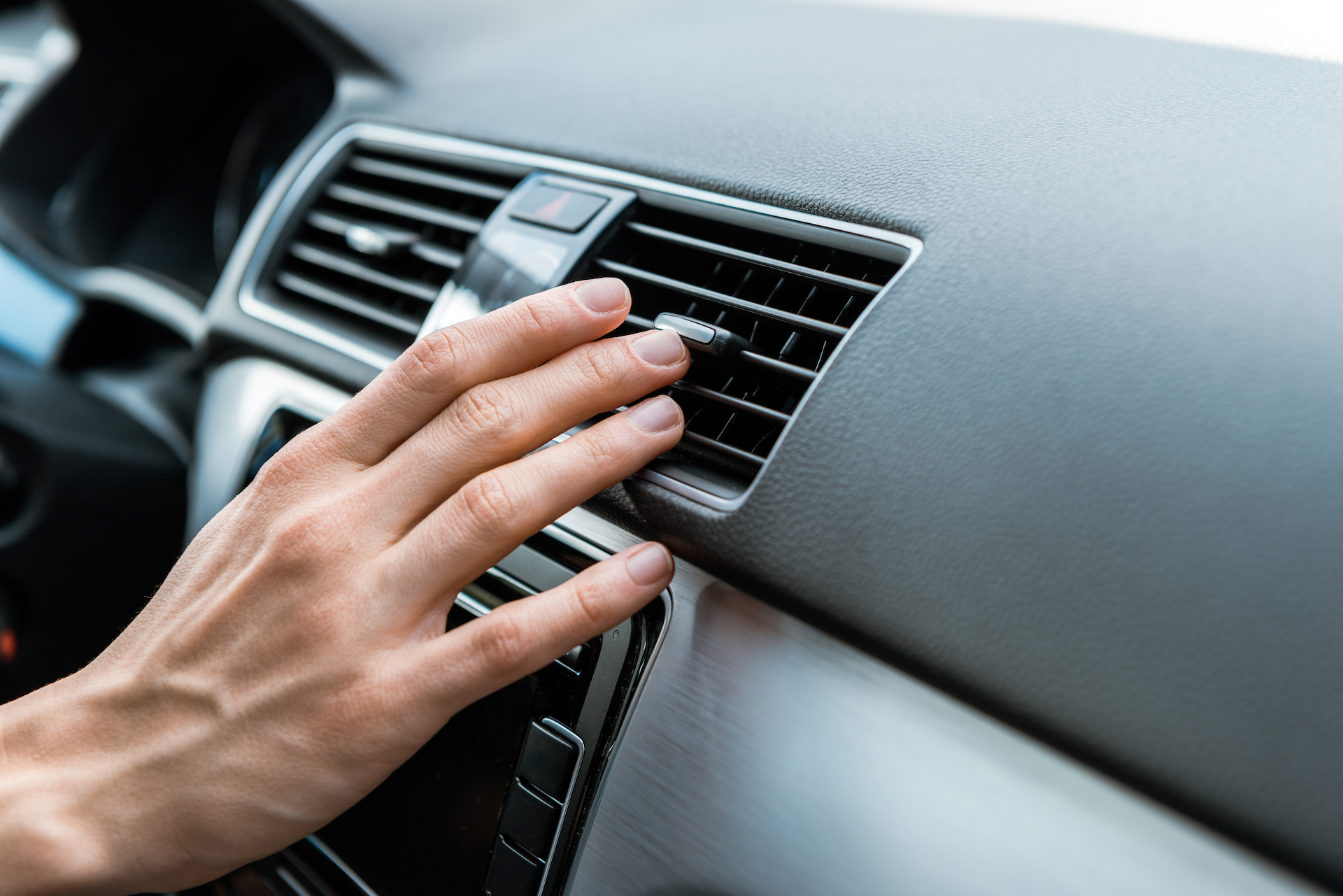
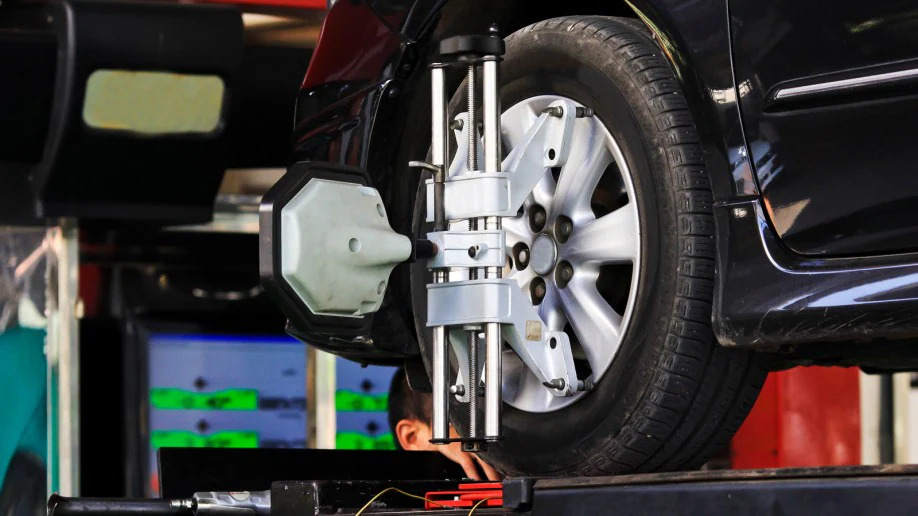
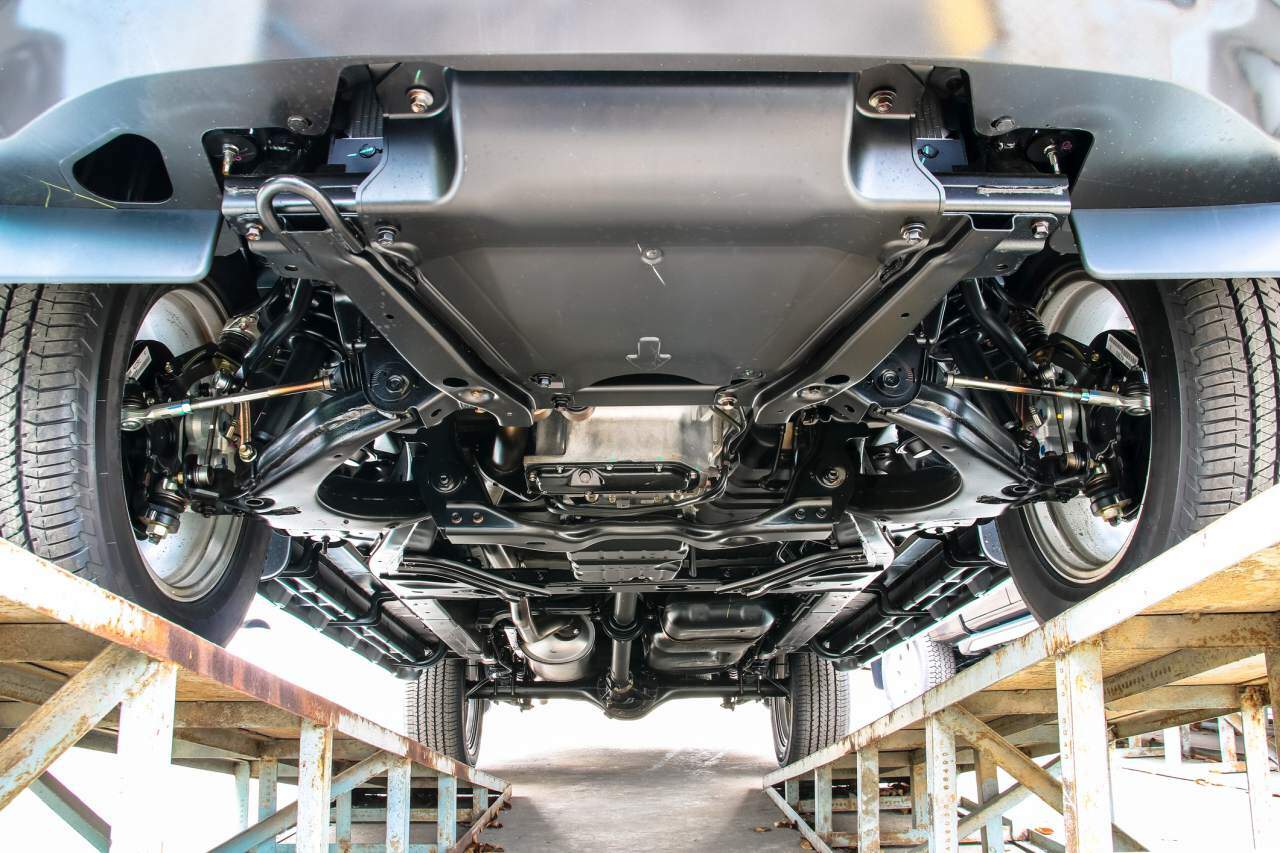
comments 0